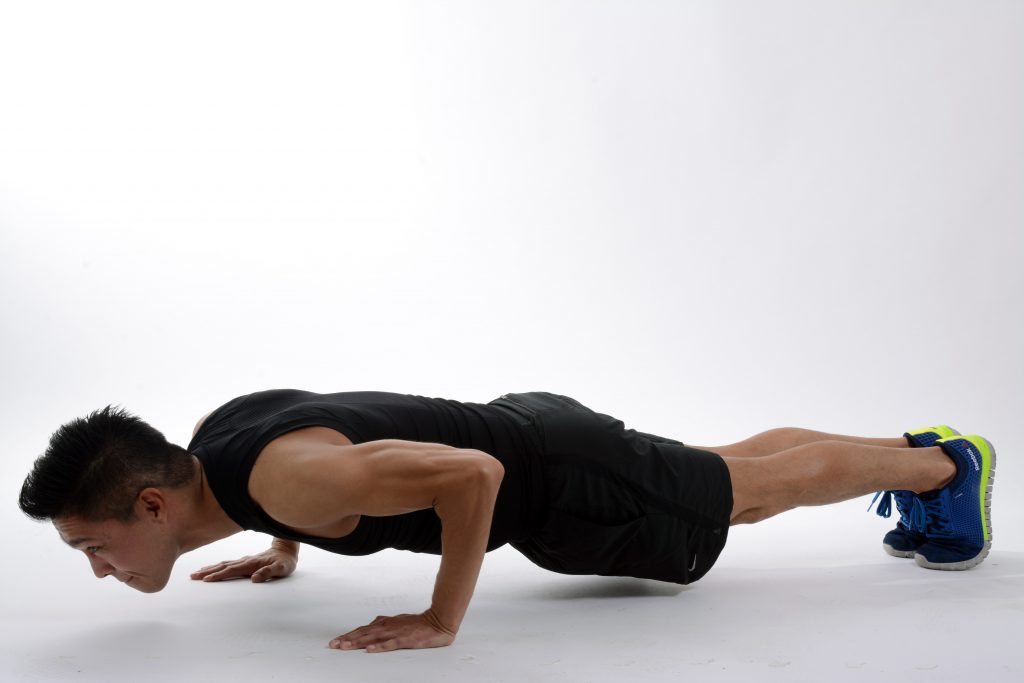The shoulder is the most vulnerable and unstable joint in the human body. As a result, it’s prone to injury.
And there are many ways a shoulder injury can happen.
Perhaps you lifted too much, too soon. Or you moved the wrong way when firing off burpees. Hint: If you’re struggling with burpees, you can skip the push-up movement or use a box to put your hands on. But it may be best to wait until your shoulder injury has healed and is at a manageable point before attempting any burpee variation.

Whatever the case may be – your shoulder hurts now. You might feel pain trying to lift it over your head. You can’t hold a plank or perform a proper push-up.
So what can you do?
We recommend getting your shoulder injury checked out by a professional. They can diagnose the problem and guide you toward a full recovery.
And in the meantime…
Shoulder Injury Dos and Don’ts
Here’s your list outlining what you should and shouldn’t do when experiencing shoulder pain:
DO keep moving your shoulder – but not past the point of pain. Why do we recommend you keep moving your shoulder joint? The common problem that arises from a shoulder injury is called a Frozen Shoulder. This condition is literally where you can’t move your shoulder. It frequently happens from a buildup of scar tissue around the joint following an injury. Thus, you want to make sure you perform an array of range of motion exercises – passively and actively.
DON’T perform exercises that increase your pain levels. And this goes for your range of motion exercises too. Anything that causes pain – stop. This means – yes – giving your shoulder a break. It may mean putting your fitness goals on hold, at least for now. Focus on your recovery, then come back stronger and better than ever. If you don’t hold off, you might risk worsening your already existing injury. The result? You end up in more pain and stuck in a longer recovery.

DO slowly return to your regular activities. When your shoulder starts feeling better, don’t expect to jump back in and go back to lifting your regular weights. Go slow. Increase gradually. Start with light weights and low reps.
DON’T forget to perform simple exercises. Focus on strengthening the area around your injury (again while being mindful of your pain levels). For instance, if rows or chest presses don’t cause pain, go for it. Strengthening the areas around your injury can help you overcome it. Don’t just give up on exercise altogether.
DO help yourself. Need to reach something on a high shelf? Use a chair or stool to help get you there – or ask someone for help.
DON’T take NSAIDs for longer than 10 days. NSAIDs used in the long-term can cause serious health side effects – such as gastrointestinal issues. Don’t risk it. Ask your doctor or physiotherapist for advice on how you can ease the pain. Hint: Ice can help! Try applying ice for 10-15 minutes at a time. And place a cloth in between the ice and your skin. Leave about 45 minutes in between applications. Besides that, use it to your advantage.
Take Care of Yourself First
Your goals can take the backburner for a little while. You’ll get back there. It’s just going to take some time. First and foremost, take care of yourself and your injury. It won’t be long until you’re back to your regular grind. You’ve got this!







